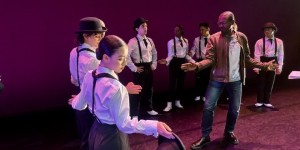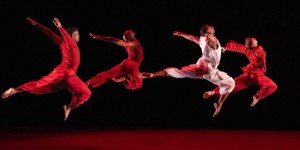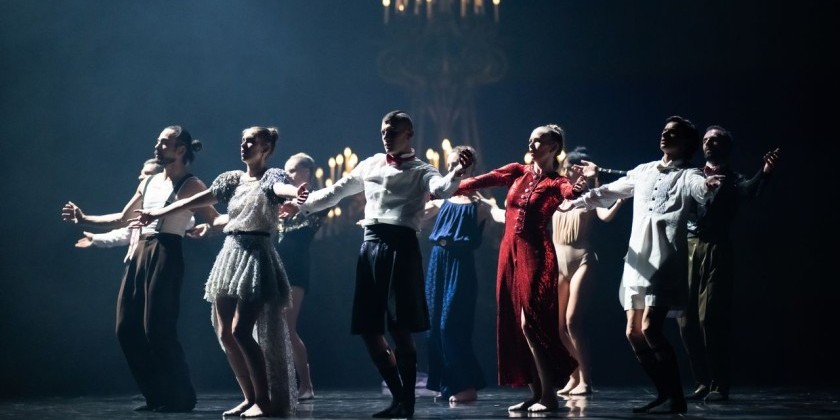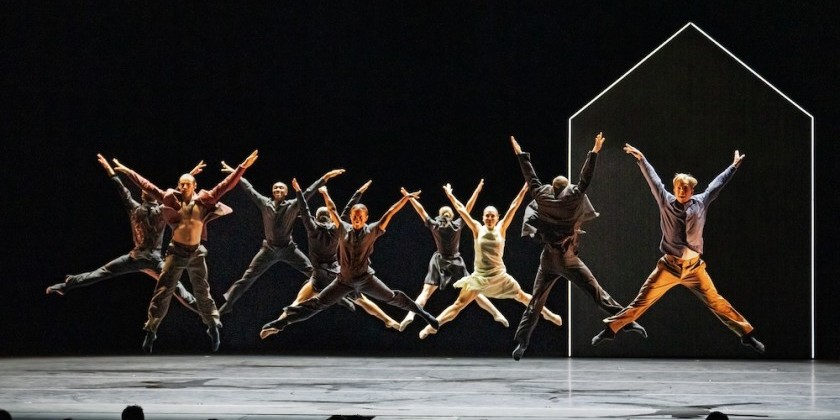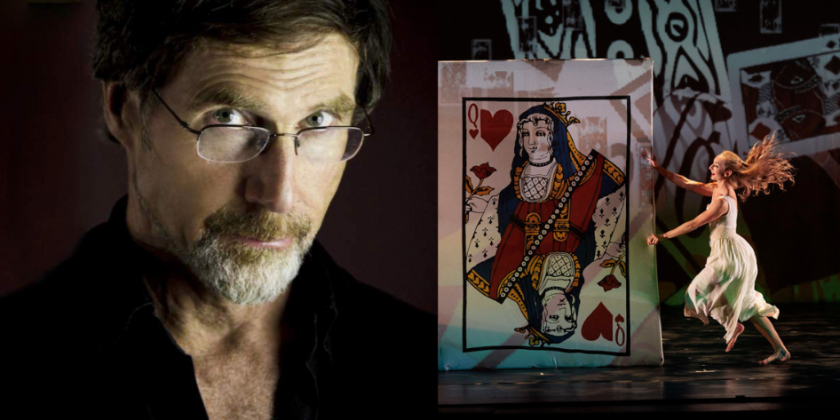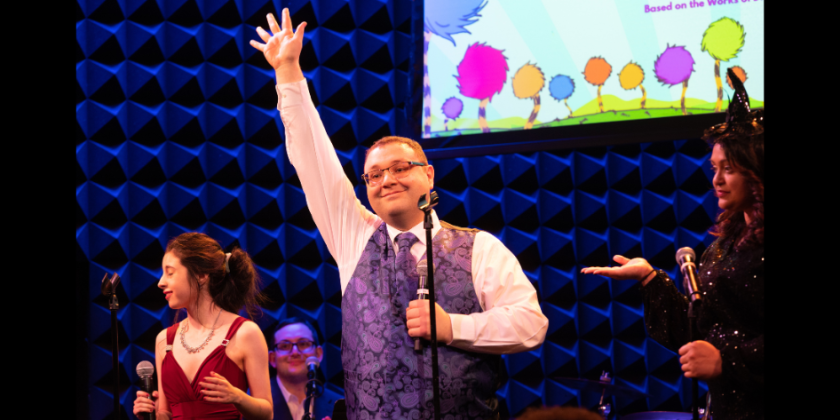IMPRESSIONS: Alvin Ailey American Dance Theater at New York City Center
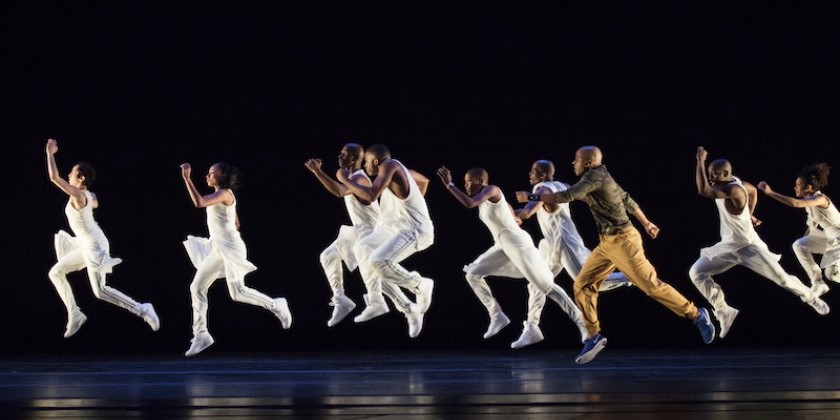
Alvin Ailey, Founder
Judith Jameson, Artistic Director Emerita
Robert Battle, Artistic Director
Masazumi Chaya, Associate Artistic Director
Works: Exodus, Rennis Harris (2015), No Longer Silent, Robert Battle (2007), Ella, Robert Battle (2008), Revelations, Alvin Ailey (1960)
Photo above: AAADT Dancers in Rennie Harris' Exodus. Photo by Paul Kolnik
In a world where dance companies often struggle to fill theaters, one company rarely has this issue. Boasting more than just stunning, versatile dancers, Alvin Ailey American Dance Theater presents work that is politically and culturally relevant. Though Ailey passed away in 1989, the company, now under the direction of Robert Battle, remains committed to his legacy by supporting a new generation of choreographers who engage with social movements.
Program A of Ailey’s annual holiday season at City Center offers three works by modern-day choreographers and Ailey’s masterpiece, Revelations. The influence of Ailey’s iconic piece laces through the other three, ultimately demonstrating what makes Revelations so legendary.
Esteemed hip-hop choreographer Rennie Harris’ Exodus opens to a stage shrouded in darkness, shadowy bodies sprawled across the ground. A vortex of light beams from above as a lone man, clad in black, paces through them, as though walking through the Valley of Death.
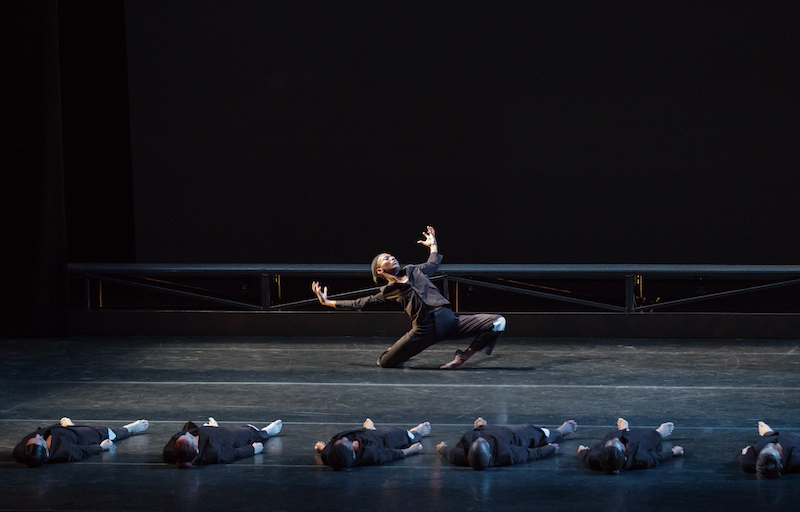
Composers Raphael Xavier and Ost & Kjex infuse spirituals into driving techno beats, which accompany Harris’ athletic movement. The influence of African dance abounds in the repetition and isolation of body parts. A line of dancers walks on hands and knees, kicking their legs in the air as if attempting to rise from four legs to two. Often the cast moves in unison, in moments that feel like an energetic celebration of the human body.
Like a Christ figure, the male soloist appears to be reborn, leaving the stage and returning clothed in white. As he stands at the head of the crowd, a gunshot is heard; he falls back into them and then leaps forward, resilient to the last.
No Longer Silent, choreographed by Battle in 2007, premiered in 2015 by Ailey in memoriam of the 70th anniversary of the Holocaust’s end. The harsh, dissonant music by Nazi-banned composer Erwin Schulhoff evokes the terror of 1930s-era Germany.
The piece portrays a dystopian world where dancers, clad in black with white-patched knees, shift in jarring unisons. Sharp, angular motions suggest pointing a gun while gestures of obedience remind us of prisoners: hands up, heads down, hands behind the back. In unison, facing the downstage right diagonal, all extend a hand forward in a Nazi-like salute.
The lighting is dim, and often we can’t distinguish individuals. Currents of movement wash through the group to insinuate rats moving inside a dark sewer. At times, spotlights penetrate the gloomy stage like searchlights while, other times, the lighting illuminates just the dancers’ faces as they stand in rigid formation.
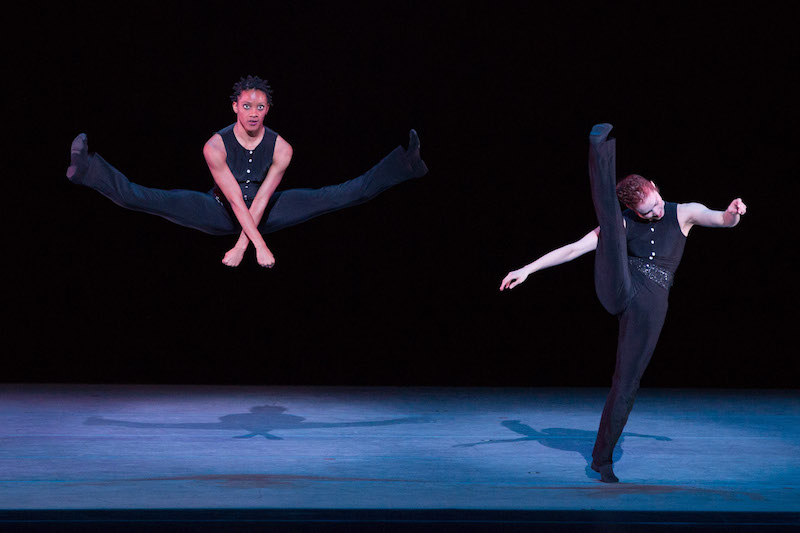
Dramatic solos contrast with the military unison. In an intensely athletic moment, a soloist rolls swiftly up and down, stumbling, falling, and recovering in an incessant back and forth with the floor. The dancers create landscapes for soloists to navigate in which a thematic attempt to achieve individuality in a world of conformity occurs.
The jolting conclusion opposes the piece preceding it. Rather than achieving salvation in death, the lights go out on a hellish scene as the dancers struggle against imaginary constraints (we imagine a gas chamber), choking, reaching, and gasping for breath.
Ella, set to “Airmail Special” (as recorded by Ella Fitzgerald) celebrates a lighter side of African-American culture. The animated Ghrai DeVore and Danica Paulos mimic Fitzgerald’s lively scatting solos with their bodies; a slide or a shake matches every vocal affectation. In the end, both dancers lie face-up on the ground as if passed out in exhaustion. This brief piece feels like a commercial break.
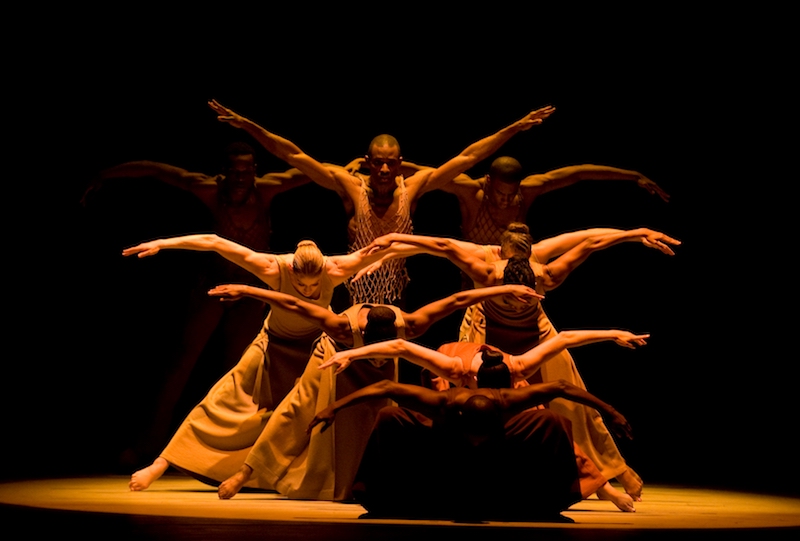
The evening closes with Revelations, perhaps one of the most lauded works created. Set to a moving score of African American spirituals, hymns, and blues, it hails a heritage shaped by both struggle and joy. Considering Revelations in context to the preceding works, we reflect on what makes the piece iconic.
It is powerful in its simplicity. In the oft-referenced opening, simple and sweeping arm gestures repeat and vary to increase their impact. Ailey performed with choreographer Lester Horton, and this lineage is highlighted in clear lines and slow, controlled hinges.
Revelations consists of nine movements where reverence juxtaposes with revelry. In “Wade in the Water,” the dancers’ flowing white skirts simulate their undulating movement, like foam on a churning river. “Rock my Soul in the Bosom of Abraham” is an ecstatic party; women in voluminous yellow dresses shimmy and fan themselves, as the men whirl like tops.
Created on the brink of the Civil Rights Movement, Revelations portrays Black vernacular movement and music. Decades later, the piece still vibrates with spirituality, as if anticipating a powerful crusade to come. Generations of choreographers have found a strong influence in Ailey’s work, and under the direction of Robert Battle, the company continues to use religion, music, and popular culture to tell timeless stories.





